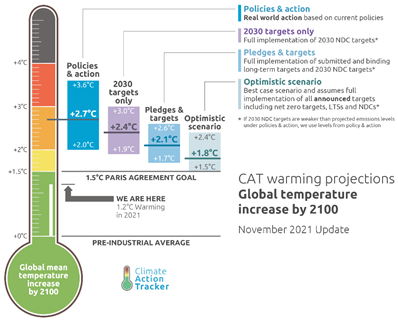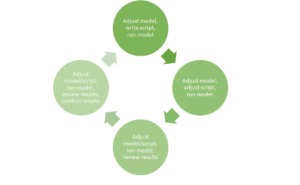Supergen Energy Networks (SEN) Hub is committed not only to researching energy networks solutions/technologies to help achieve net-zero, but also to ensuring that any future transition to net-zero is a ‘just transition’.
National Energy Action (NEA) is the national charity working to end fuel poverty in England, Wales, and Northern Ireland. The work of NEA is more important than ever, with households across the country facing rising energy bills.
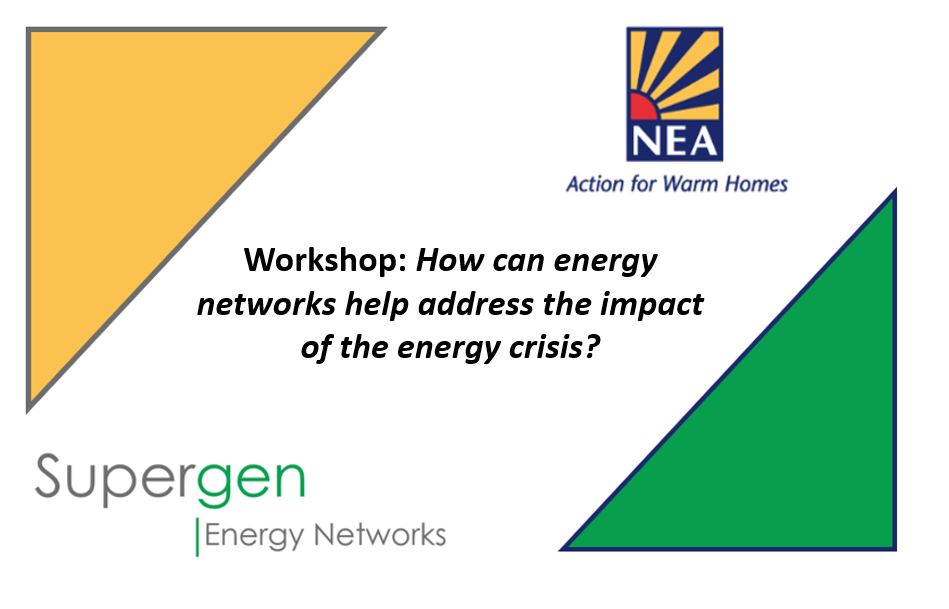
On 5th April the SEN Hub and NEA hosted a joint workshop to discuss the ‘Opportunities for DNOs to address the energy crisis.’ The purpose of the workshop was to better understand the opportunities for energy networks – particularly Distribution Network Operators (DNO) – to support vulnerable customers during the energy crisis and overcome barriers that they may encounter to ensure all customers can benefit in the transition to net zero.
Aims and Objectives:
The workshop, attended by NEA, SEN researchers and industrial representatives, was successful in identifying multiple areas where DNOs could further support fuel-poor households in the context of increased energy prices. There was agreement that:
- In the short term, DNOs can help ensure low-income and vulnerable households are better supported through the current energy crisis and can use their role to press for more progressive outcomes in network charging and the recovery of supplier failure costs.
- Local Authorities and DNOs should be key partners in helping to deliver a fair and affordable transition to net zero.
- Energy efficiency forms one of three key pillars to ensuring network costs can be kept at a minimum, alongside flexibility and network upgrades, but it is the element that has been the least utilised to date.
- There is a need for greater clarity from the Government and Ofgem on the role of DNOs regarding the energy efficiency of domestic properties.
- Considerable work has been undertaken to improve the affordability of upgraded connections to the electricity network for all customers.
- More research will be required to better understand the impact of upgraded connections on the low voltage networks, including the impact on cables and EV integration, and how to enable smoother connections to the grid in a way that does not put pressure on the network.
Collaboration
Continued collaboration including a report and next steps from NEA which makes the following recommendations for both DNOs and research institutions:
- Bring together DNOs and Combined Authorities for more constructive working.
- Ensuring fairer recovery of Supplier of Last Resort (SOLR) levy costs.
- Providing clarity to DNOs regarding Energy Efficiency.
- DNOs should develop an energy efficiency beacon project
- DNOs should ensure no fuel-poor households must pay to upgrade their connection when installing a heat pump.
- Researching the impact of shallow connection costs
- DNOs and research organisations should conduct research to better understand the impact of upgraded connections on the low voltage network.
If you would like to find out more about the workshop and collaboration please get in contact with the SEN Admin Team.
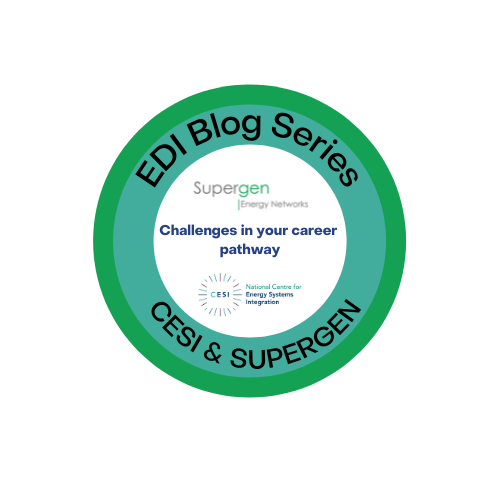

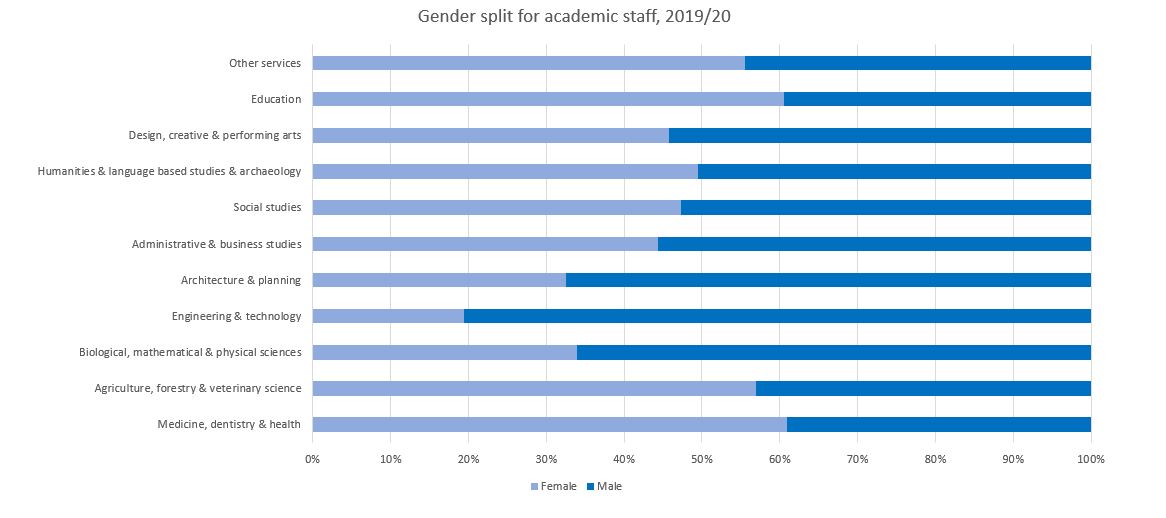
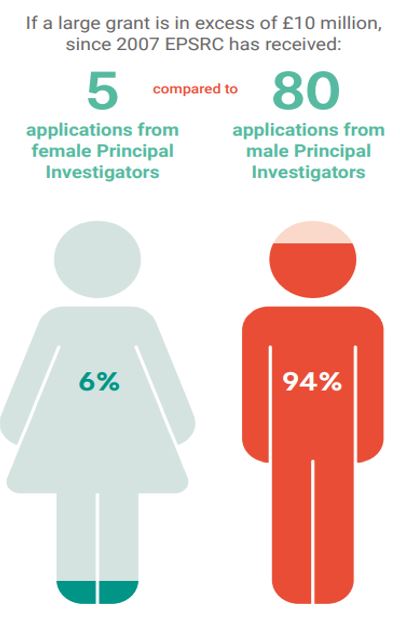
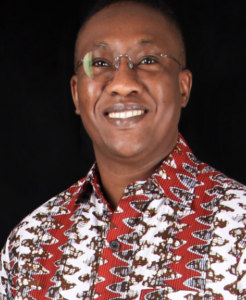 M) at the University of Bristol.
M) at the University of Bristol.